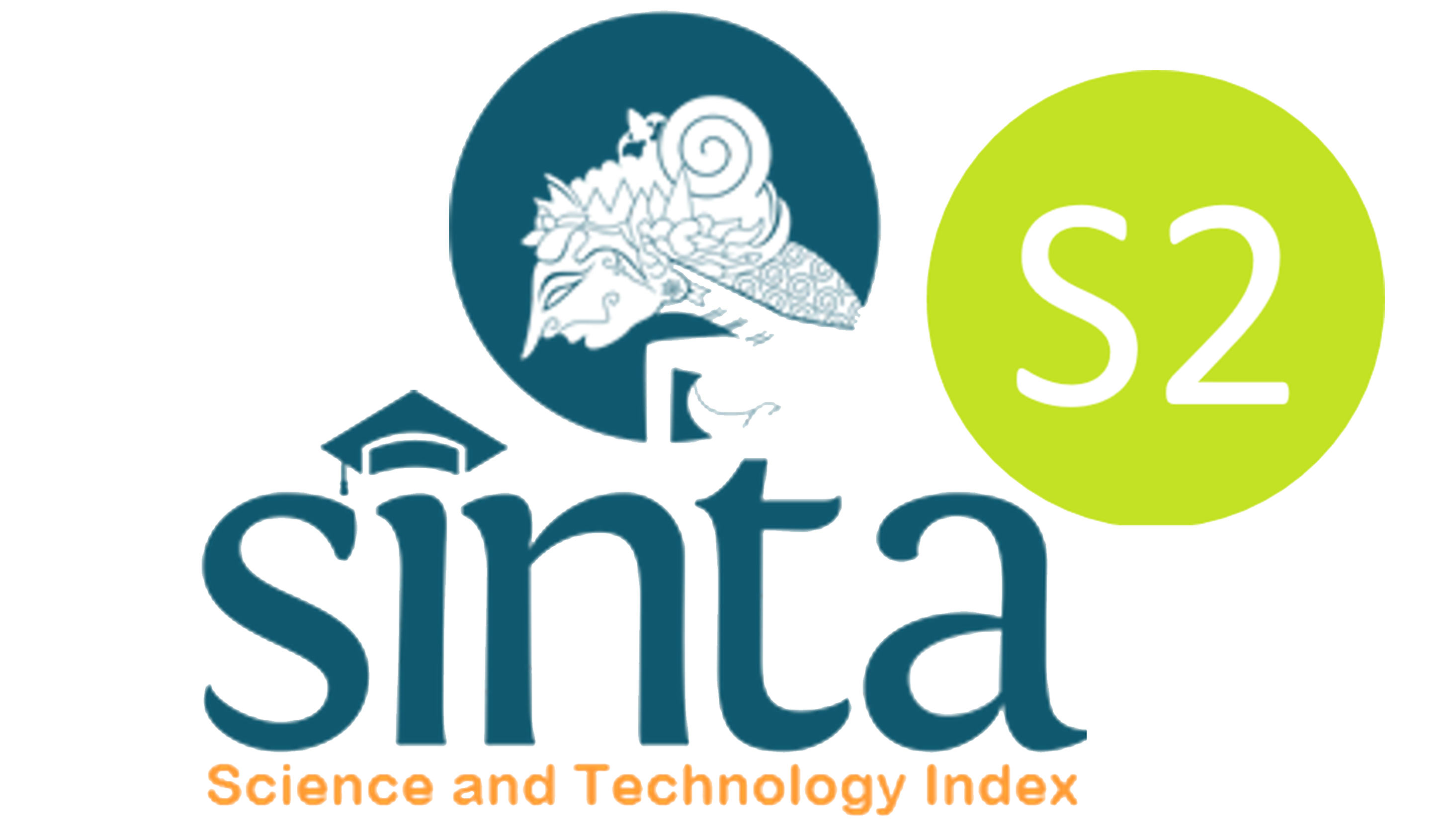Analytical Capabilities of EDXRF for Determination of Rare Earth Elements
DOI: http://dx.doi.org/10.17146/jstni.2021.22.1.5815
Abstract
Rare earth elements (REE) are present in the lanthanide range and are widely used in high-tech and clean technology applications that are predicted to grow significantly in the coming decades. Therefore, there will be a high demand for REE in the future that will impact the needs for development of sensitive and selective methods for determination of REEs such as X-Ray Fluorescence (XRF). Reliability of REEs analysis results depend on analytical capability of XRF instrument’s performance. Analytical capability shows the ability of the instrument to perform sample analysis with high accuracy and precision and proven by validation so that the results obtained are reliable. The aim of this study is to assess the analytical capability of XRF for REEs analysis in samples particularly Lanthanum (La), Cerium (Ce), Neodymium (Nd), Samarium (Sm) and Yttrium (Y), by performing method validation of energy dispersive x-ray spectrometers (ED-XRF). Four measurement conditions that covered the selected elements were defined. Accuracy, precision and detection limits determination were performed by measuring the CRM In House Monazite Sand. The yield of the selected element corresponds to its certified value, with a %recovery between 95.99 to 103.1%. The %RSD values ranging from 0.59 to 5.19%. The detection limits (LLD) of ED-XRF ranged from 8.78 to 67.4 ppm. The results showed the good analytical capability of ED-XRF method for REEs analysis.
Keywords
analytical capability, EDXRF, rare earth elements
Full Text:
PDFRefbacks
- There are currently no refbacks.
Copyright (c) 2021

This work is licensed under a Creative Commons Attribution-NonCommercial-ShareAlike 4.0 International License.
JSTNI index in:





 .
.





